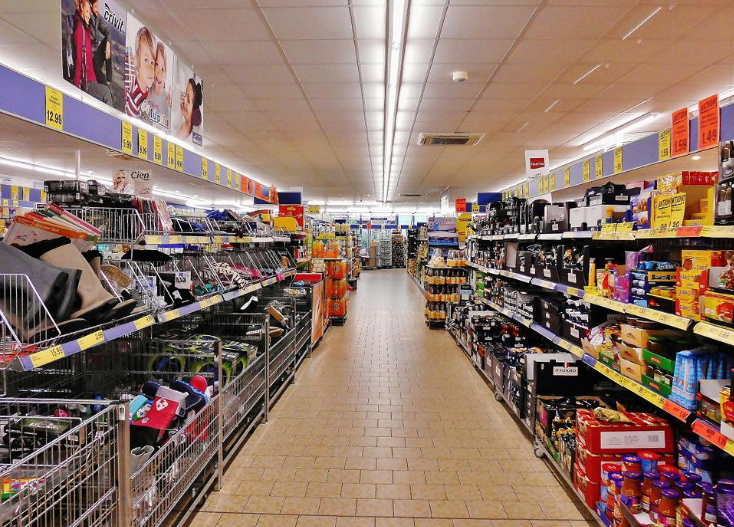Aside from a solid security system, setting up your store’s floor plan is essential to creating a stunning and inviting retail space. First off, when it comes to a security system for your retail, be sure to hire a professional security service. Now, let’s talk about how to create inviting retail. There are three basic floor plans that you can use in your store, each with its unique benefits. This blog post will explore each type of floor plan and discuss how to set it up in your store. We’ll also talk about the benefits of using each type of plan and help you decide which is best for your business.
Grid Floor Plans
 The grid floor plan is the most basic and simplest type of floor plan. It is created by arranging your store’s fixtures, furniture, and displays in a straight line or grid. This type of floor plan is easy to set up and is best suited for small retail stores. The main benefit of using a grid floor plan is that it allows customers to find what they are looking for easily. Customers can quickly scan the store and see all of the available products. This floor plan is also great for stores that carry a limited number of product categories. However, the main disadvantage of using a grid floor plan is that it can appear dull or sterile,
The grid floor plan is the most basic and simplest type of floor plan. It is created by arranging your store’s fixtures, furniture, and displays in a straight line or grid. This type of floor plan is easy to set up and is best suited for small retail stores. The main benefit of using a grid floor plan is that it allows customers to find what they are looking for easily. Customers can quickly scan the store and see all of the available products. This floor plan is also great for stores that carry a limited number of product categories. However, the main disadvantage of using a grid floor plan is that it can appear dull or sterile,
Loop Floor Plans
Next, we have loop floor plans. In contrast to the grid floor plan, a loop floor plan features a winding path that customers can follow. This type of floor plan is best suited for larger retail stores. The main benefit of using a loop floor plan is that it helps guide customers through the store. Customers will be able to see all available products as they make their way through the store. Additionally, this type of floor plan can help reduce customer congestion in the store. However, one disadvantage of using a loop floor plan is that it can be challenging to set up.
Free-Flow Plans
Aside from those two, you also have another option called “free-flow plans.” Free-flow plans are a bit more complex than grid or loop floor plans. They feature multiple paths that customers can take throughout the store. This type of floor plan is best suited for medium to large retail stores. The main benefit of using a free-flow plan is that it allows customers to explore the store at their own pace. Customers can choose the path they want to take and can easily find the products they are looking for. Additionally, free-flow plans can help to reduce customer congestion in the store.

